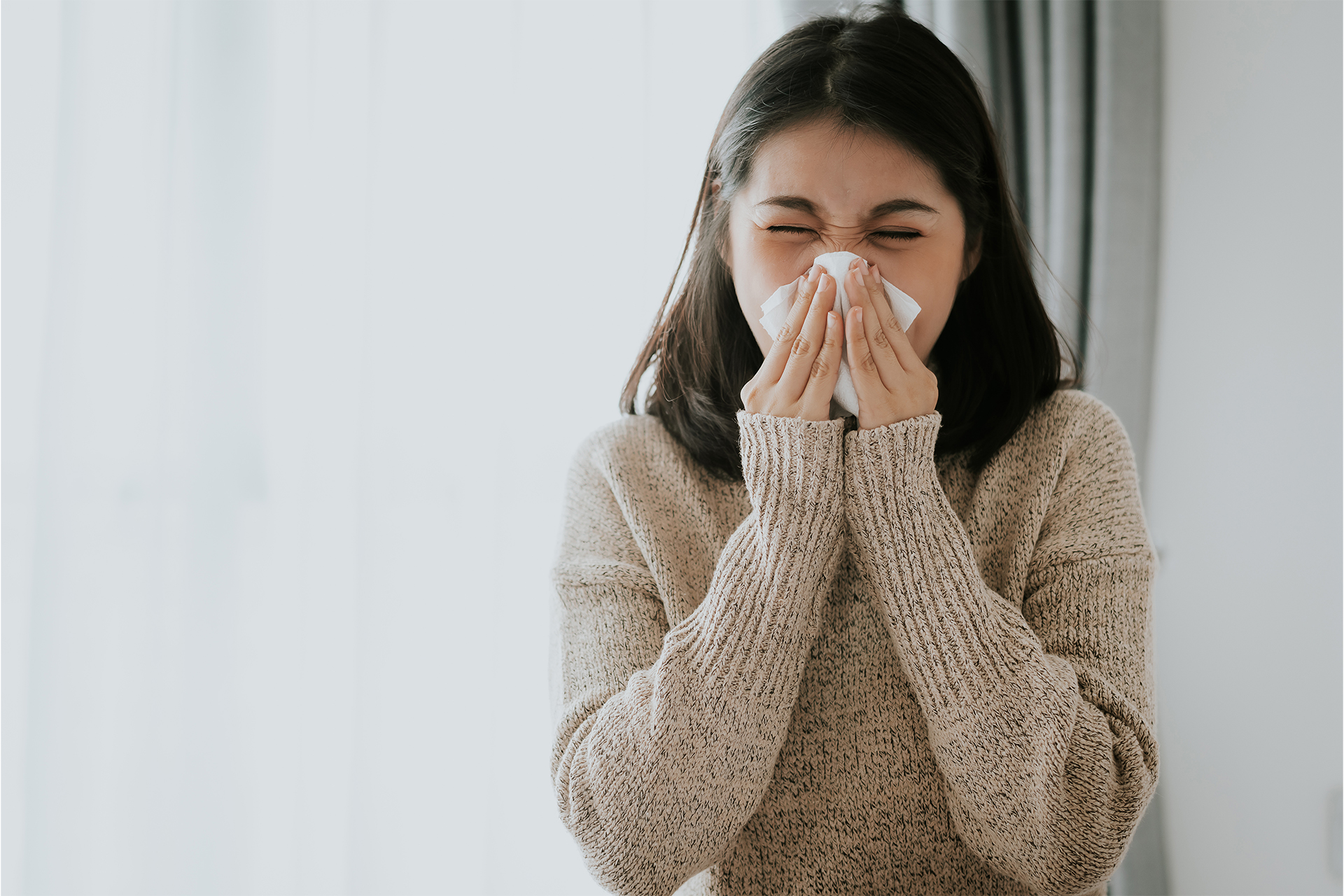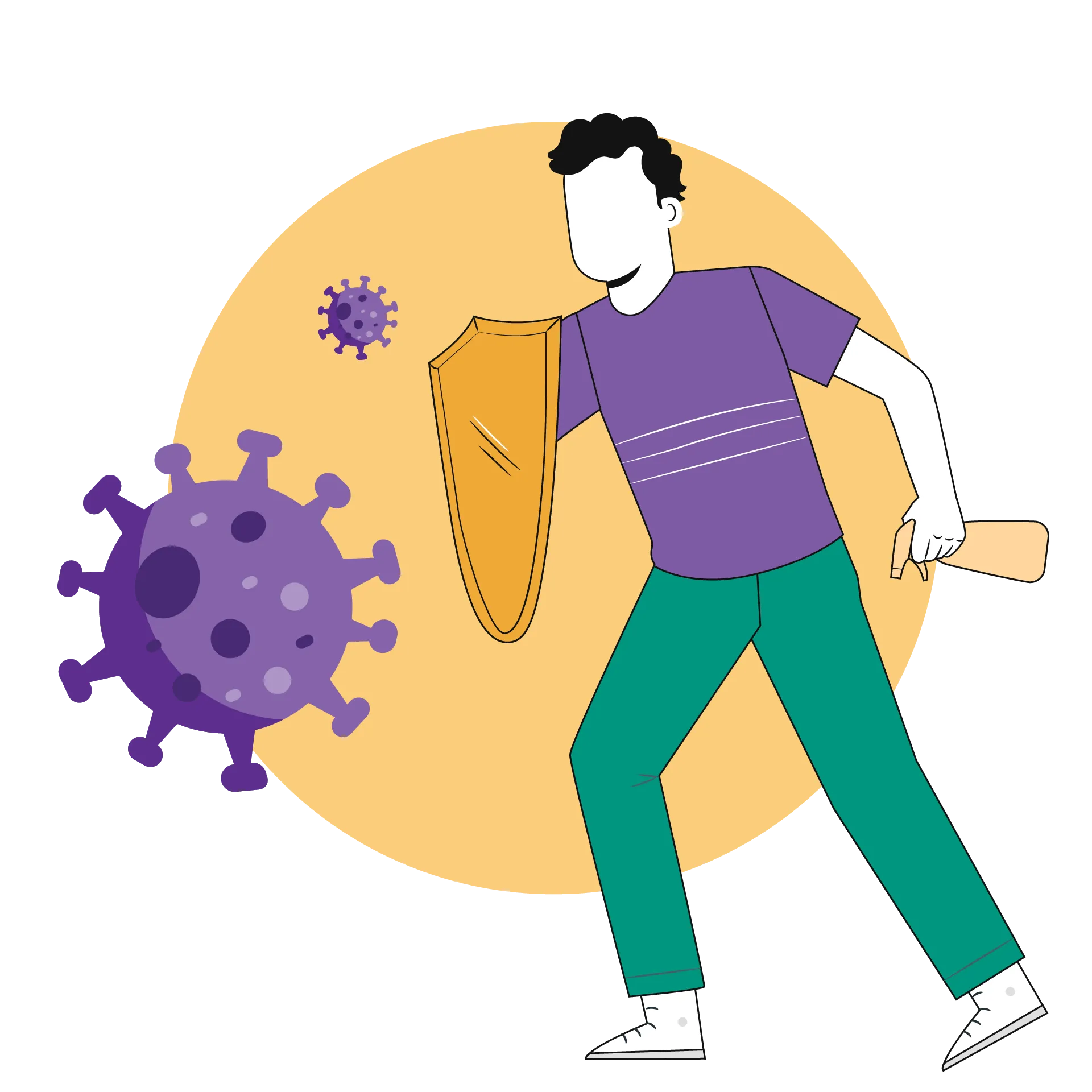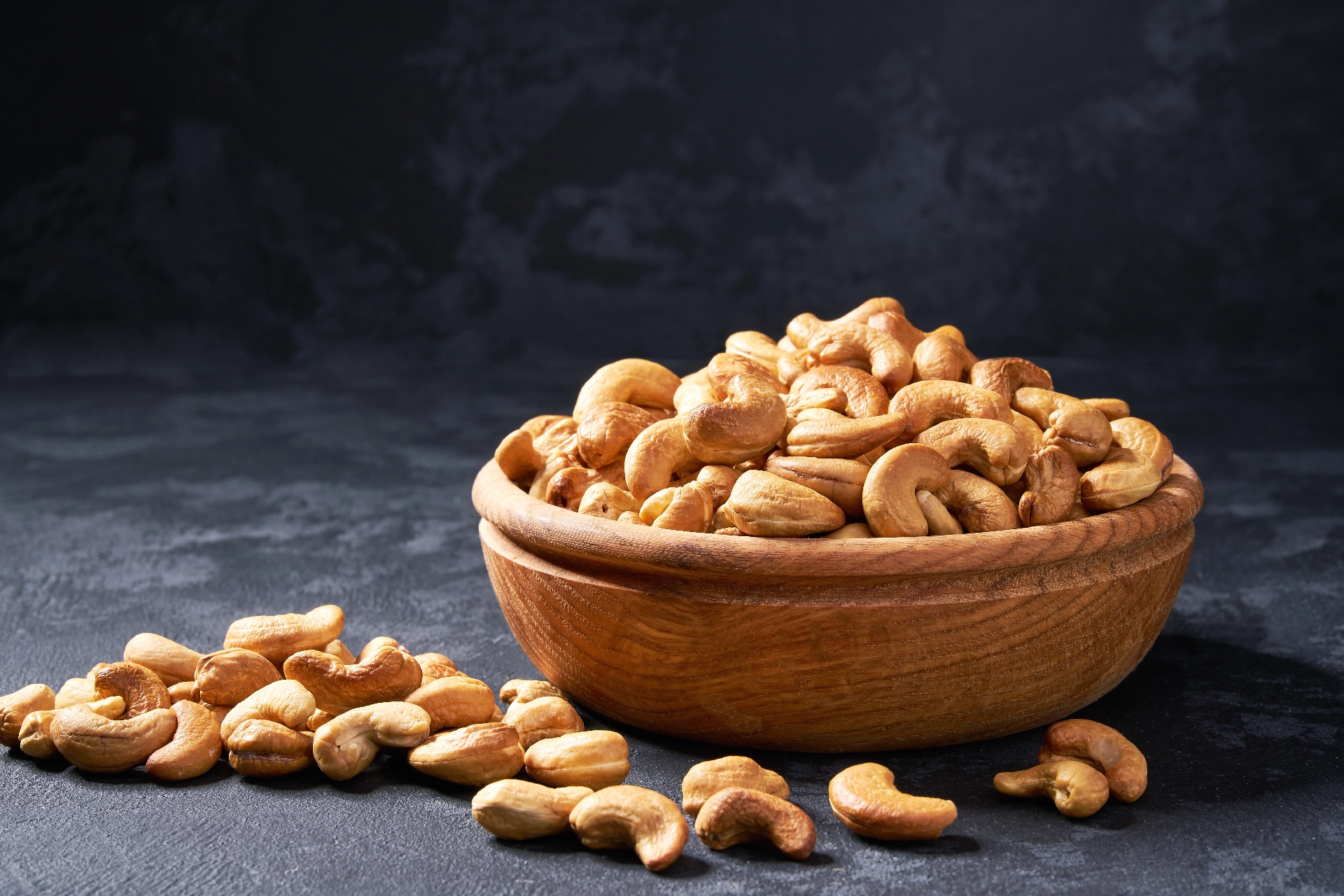General Physician | 4 min read
Herd Immunity and COVID-19: Everything You Need to Know
Medically reviewed by
Table of Content
Key Takeaways
- Previous infection does not guarantee long-term immunity against COVID
- Anti-vaxxers undermine the importance of immunization, risking life
- The CDC has removed herd immunity against COVID as a goal for now
Since December 2019, the COVID-19 outbreak has infected millions and led to stringent lockdowns worldwide. Now, with its latest mutated form, Omicron, we are looking at a third wave. You already must have heard the terms herd immunity and COVID-19 used in tandem. As per health officials, herd immunity is the best possible way to end the pandemic. It happens when a large number of people becomes immune to infectious disease [1].
This can happen either through the previous infection and developing natural immunity against COVID or through vaccination that helps achieve immunity. Read on to know about herd immunity and COVID-19, the COVID vaccine, and the importance of immunization.
 Additional Read: How Will the COVID 3rd Wave Differ?
Additional Read: How Will the COVID 3rd Wave Differ?How Herd Immunity Develops
Herd immunity and COVID-19 immunization go hand-in-hand. Herd immunity has stopped epidemics like smallpox and measles in the past. At least 70% to 90% of the population needs to reach immunity for achieving herd immunity. However, this number can change depending on the severity of the disease.
There are only two ways to achieve herd immunity: previous infection and vaccination.
Previous Infection
Previous infection is the only way to develop herd immunity without a vaccine. Here, a large part of the population gets the disease. Once they recover, they develop antibodies against the disease-causing pathogens. This makes them immune and protects them against the disease.
For example, a large part of the population of a region contracts COVID-19 and recovers. Now, that part of the population has developed herd immunity. This will stop the spread of the virus, making it less contagious.
While this is the best way out without a vaccine, it can prove fatal and risky. Not everyone may recover from the disease, especially in the early stages of the pandemic. Moreover, the antibodies may fail to protect in the long-term and thus not lead to permanent immunity. For example, research shows that antibodies developed from COVID-19 last for only 5 to 7 months [2].
Vaccination
Vaccination is the best way to develop herd immunity. The higher the number of vaccinated people in the region, the higher is its herd immunity. Vaccination also helps break the chain of infection faster. It protects people who cannot take the vaccine, like newborns and pregnant women.
However, vaccine-driven herd immunity has its downsides. First, vaccine development and approval are long and tedious processes. Second, speed of the growth in herd immunity depends on the efficacy and coverage of vaccination. This varies across geographies and depends on vaccine production. For instance, different COVID-19 vaccinations have their own efficacy rates.
Third, immunity against COVID from the vaccine may reduce over time. Today, in India and many countries, if fully vaccinated people do not get an additional booster dose, they may lose protection. Moreover, some people have not yet completed the entire course of vaccination. This keeps them unprotected from the disease.
Besides, anti-vaxxers refuse to get vaccinated and live in the same population. A population with a lower vaccination rate does not achieve herd immunity. If the herd immunity percentage dips below the threshold, the population is at risk again.
Why Is Herd Immunity Important?
Developing herd immunity has stopped the spread of contagious diseases in the past. For instance, the population of Norway grew partial herd immunity to the H1N1 virus. So, developing herd immunity is crucial to win the battle against COVID-19.
Can Herd Immunity Stop Covid-19?
Following are some of the reasons herd immunity alone cannot stop COVID-19.
- Quick mutation and formation of new virus variants
- Vaccination does not guarantee long-term immunity
- A large number of vaccinated people have stopped taking preventative measures
How Close Are We to Herd Immunity?
Approximately 80% to 90% of the population needs to achieve immunity to attain herd immunity. So, more people need to get vaccinated to end the pandemic. However, there is lot of discrepancy in vaccine rollout and vaccination worldwide. So, the world is still a long way from achieving herd immunity against COVID-19.
When it comes to herd immunity, CDC or the Centers for Disease Control has removed it as a goal [3]. So, until a complete cure is in sight, you have to follow the preventive guidelines in place. This includes getting vaccinated, washing your hands, wearing your mask, and social distancing. On experiencing coronavirus symptoms, book an online doctor consultation on Bajaj Finserv Health. This way, you can stop the infection from aggravating and prevent its spread.
References
- https://www.sciencedirect.com/science/article/pii/S1074761320301709
- https://www.cell.com/immunity/fulltext/S1074-7613(20)30445-3
- https://www.latimes.com/science/story/2021-11-12/cdc-shifts-pandemic-goals-away-from-reaching-herd-immunity
Disclaimer
Please note that this article is solely meant for informational purposes and Bajaj Finserv Health Limited (“BFHL”) does not shoulder any responsibility of the views/advice/information expressed/given by the writer/reviewer/originator. This article should not be considered as a substitute for any medical advice, diagnosis or treatment. Always consult with your trusted physician/qualified healthcare professional to evaluate your medical condition. The above article has been reviewed by a qualified doctor and BFHL is not responsible for any damages for any information or services provided by any third party.






